Take a quiz to see if you can identify some of the sounds you hear during a nature walk in your neighborhood.
- Story by Dena Temple
Males, on the other hand, are dressed in flashy breeding plumage, meant to attract the attention of the opposite sex. In spring, the need to attract a mate is stronger even than the need to hide from predators, and the flashy males often conspicuously perch, singing loudly in hopes of attracting a female to “his” territory. This is a Prothonotary Warbler, which breeds in our area in wet woods, doing just that. (Thanks to the Macaulay Library for use of this clip.)
If you walk through the woods in the early morning in spring, you’ll be treated to a cacophony of bird sounds. This is known as the “dawn chorus.” The (mostly) male migrants, some of which might have just flown thousands of miles, blast into early-morning song. Some are trying to stake out local territory, and others are just stretching their vocal cords so they’re well-voiced when they get to their own breeding grounds farther north. It’s quite an experience to be surrounded in vibrant, beautiful bird song. More information on this phenomenon can be found here, and a good example can be heard here. Each species of bird sings a different song, and it can be hard to differentiate between all the sounds in a dawn chorus, especially when your neighborhood “regulars” are mixed in. Do you think you know the songs of your resident birds? We’ve put together this little quiz to see how observant you are. Match the song of the bird on the left from the list of names on the right. We bet you’ll know at least a few. Answers appear below.
ANSWERS A.
If you hear a bird singing enthusiastically and incessantly through the night, this is your culprit. The Northern Mockingbird (“mocker” for short) sings an ever-changing series of musical phrases and actually mimics the songs of other birds. It is thought that the Northern Mockingbird is taught its repertoire by its parents, and that this playlist of bird songs may include the songs of birds that are long extinct. Those who know birdsong can usually pick out as many as 12 identifiable songs in the repertoire of the average mocker.
Recorded in Ashford, Houston County, AL © Jim Holmes B.
A lot of people mistake the quiet, mournful coos of the Mourning Dove as owl hoots, and a common question asked by non-birders is, “Why is an owl hooting during the day?” The Mourning Dove is almost always the actual songster in these circumstances. These shy birds can often be found on the ground under your backyard feeder. When flushed, their wings make a whirring sound.
Recorded at Kerr Wildlife Management Area, Kerr County, TX © Mike Nelson C.
If the Mourning Dove makes a soothing, quiet cooing sound, it stands to reason that this dove also makes a pleasing sound, right? Well, yes and no. The Eurasian Collared-Dove does have a cooing sound in its repertoire, but it also makes this complaining raspy caw. It’s hard to believe this sound comes from such a pretty bird!
Recorded near Sparks, Washoe County, NV © Bobby Wilcox D.
The sound of a Chimney Swift is usually heard overhead, and by the time you look up, the bird is gone! The Chimney Swift is a neotropical migrant and, as their name implies, it nests in chimneys, returning here in early April as furnaces are retired for the summer. They are often described as looking like “cigars with wings.” Their erratic flight and stiff wingbeats help distinguish them from other flycatching birds overhead, such as swallows.
Recorded at Green Lane Park, Montgomery County, PA © Brian Henderson E.
The Chuck-Will's-Widow is an uncommon, nocturnal bird that is a true name-sayer - it repeats “chuck-wills-widow, chuck-wills-widow” over and over throughout the night in the spring. They are skulky, very well camouflaged and hard to spot, so it‘s a good thing they are so vociferous!
Recorded in Lake Wales, Polk County, FL © Sue Riffe F.
The sound of this bird’s call should also help come up with the name of the bird. Another “name-sayer,” the Carolina Chickadee (and its northern counterpart, the Black-capped Chickadee) sing a song that sounds like, “Chick-a-dee-dee-dee-dee-dee.” It is a common feeder bird whose curiosity about people makes it seem quite gregarious. They can sometimes be trained to take seed from an extended palm.
Recorded in Stanardsville, Greene County, VA © Peter Boesma G.
This dapper, well-dressed bird of the brush is another “name-sayer.” The Eastern Towhee can usually be found perched around eye level in young woods or scrubby areas calling his own name – or, more literally, calling “che-WINK,” with the second syllable higher pitched than the first. His song can be heard almost as often as his call and sounds like “drink-your-teeteetee, starting mid-pitch, then lower, then very high at the end. Towhees live here year-round.
Recorded in Jamaica Bay Nat’l. Wildlife Refuge, Queens, NY © Ted Floyd H.
If you watch TV shows or movies and a Bald Eagle is on the screen, chances are the call you’ll hear is the call of a Red-tailed Hawk. Red-tails are the most common hawks found in eastern North America and can be seen regularly in suburban neighborhoods and rural areas. A very famous pair of red-tails even nested atop a skyscraper in Manhattan for several years! From now on, you’ll shake your head every time you see an eagle on screen, knowing that what you hear is the readily identifiable call of a red-tail.
Recorded in Oxford, Lafayette County, MS © J.R. Rigby I.
We included a dove that sounds like an owl, and we included a dove that screams – how about an owl that doesn’t hoot? This is the Eastern Screech Owl, a fairly uncommon, diminutive resident of our suburban and rural areas. And it’s true, this cute little owl does not hoot – its song is a descending whinny, its call a long, drawn-out tremolo. These eerie sounds in a dark wooded area may send shivers of fright – or delight, since finding any owl is an exciting experience!
Recorded in Sharon, Norfolk County, MA, © Will Sweet We hope you enjoyed this quiz and that it helps you pay more attention to the sounds of nature around you! Our thanks to the extensive bird recording library at Xeno-Canto for free use of these audio recordings. Comments are closed.
|
Categories
All
Archives
July 2024
|
Shoofly Magazine Partners
Our Shoofly Partners are local businesses and organizations who share our mission to enrich community life in Bay St. Louis, Waveland, Diamondhead and Pass Christian. These are limited in number to maximize visibility. Email us now to become a Shoofly Partner!

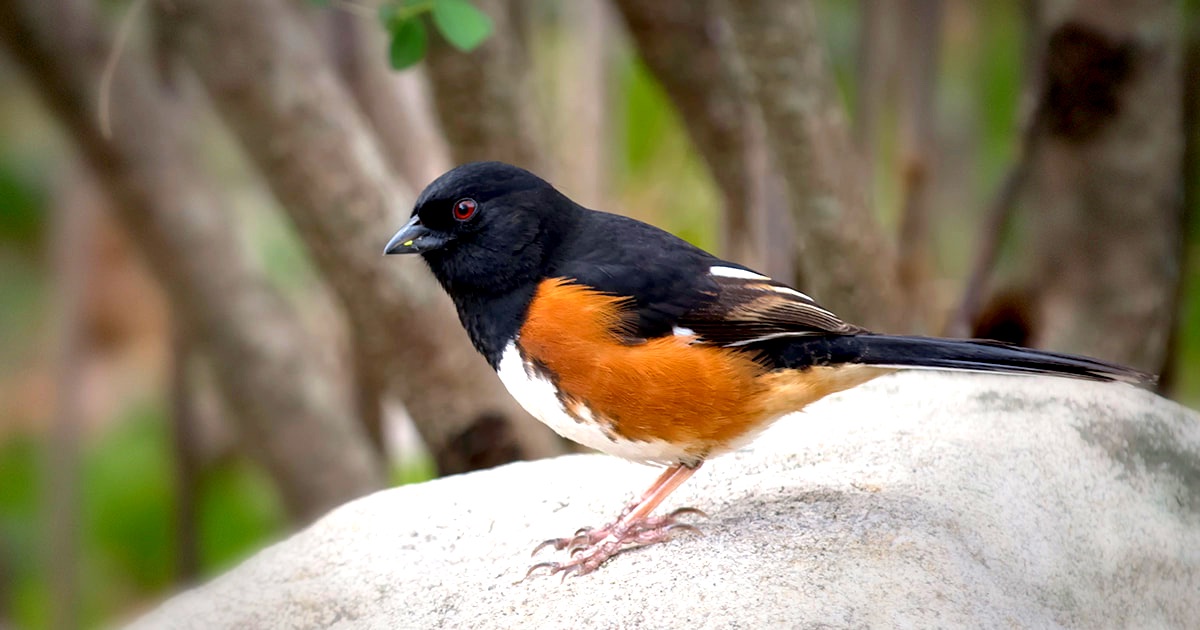



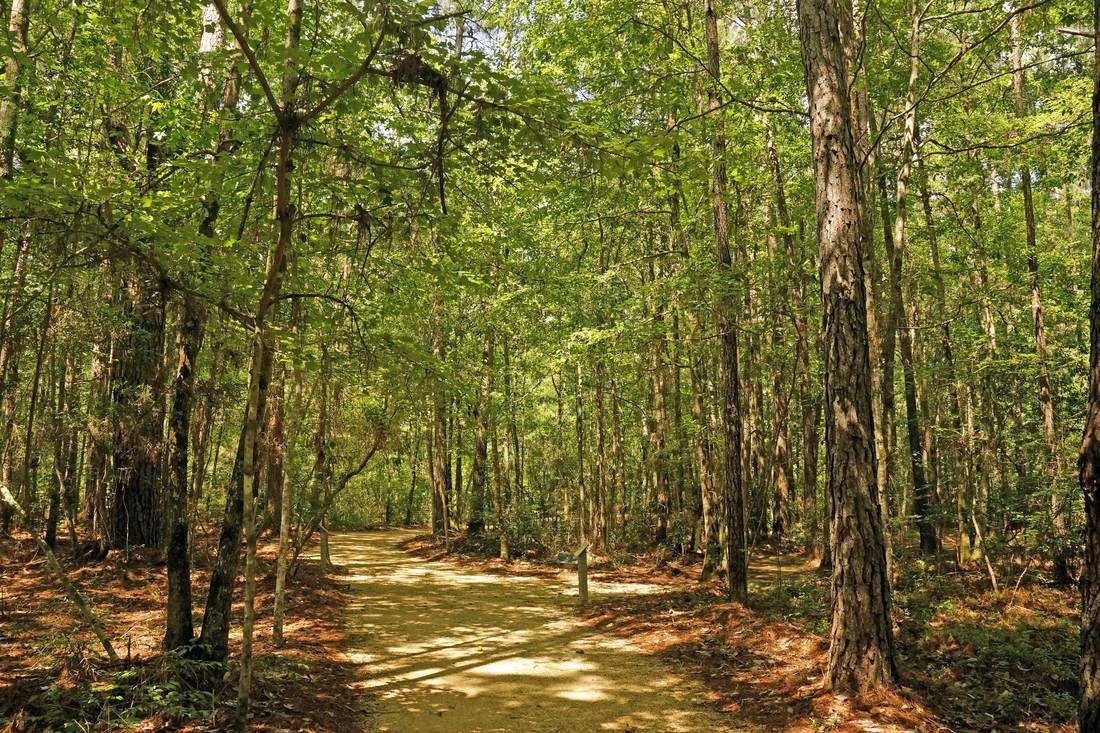
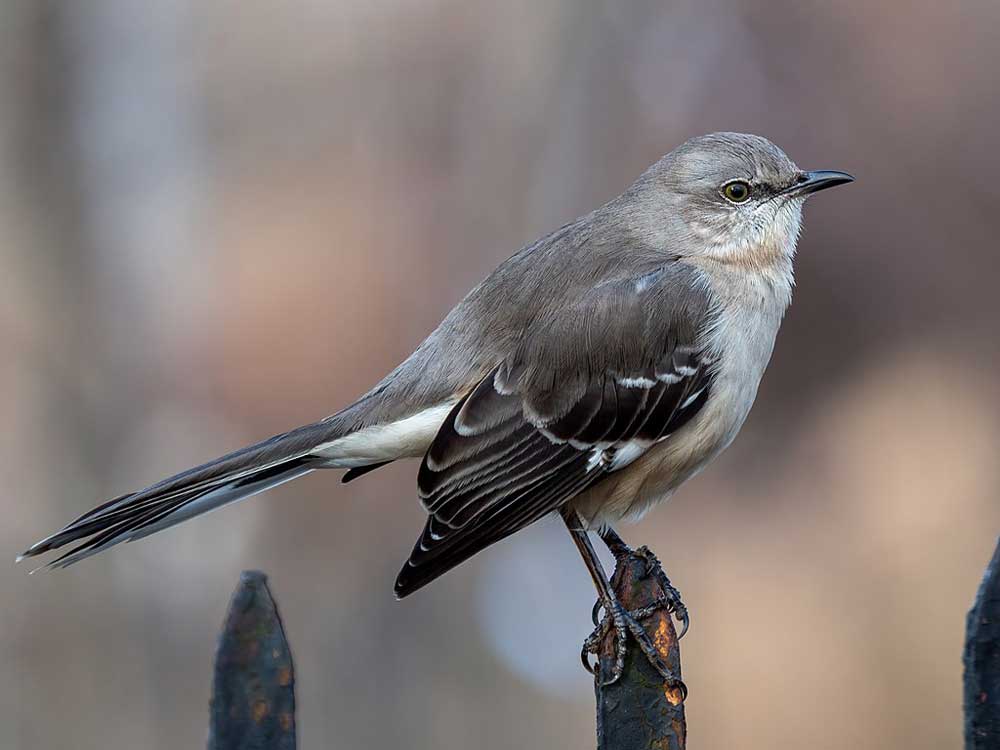
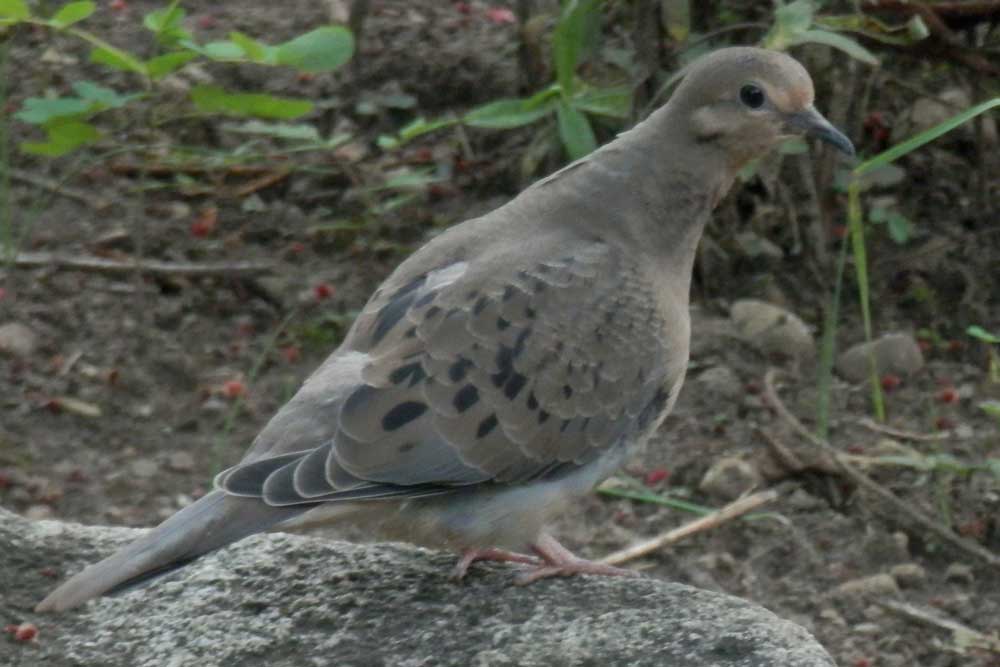
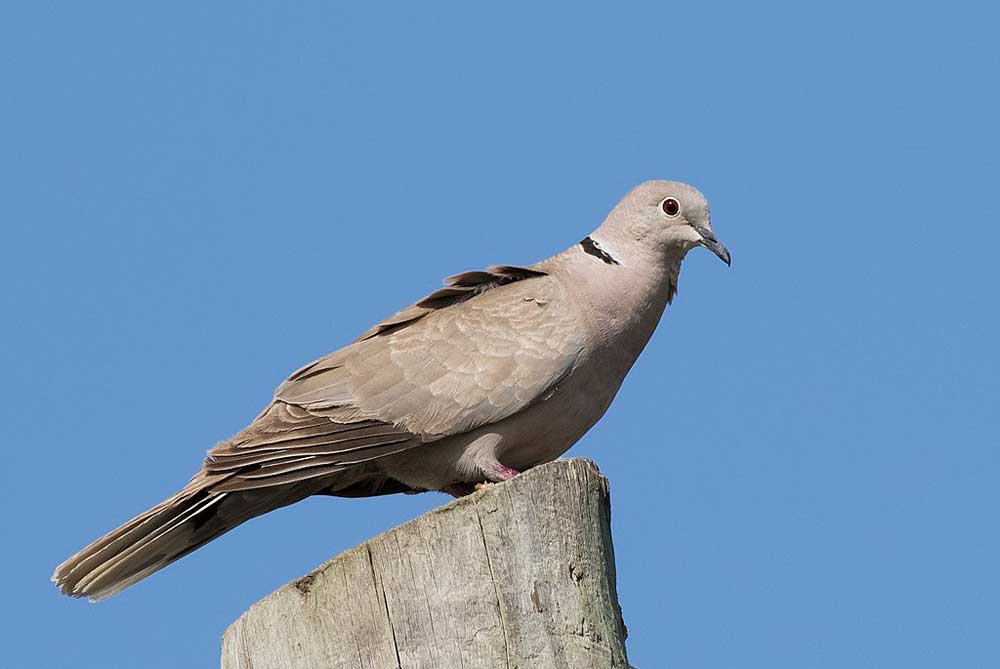
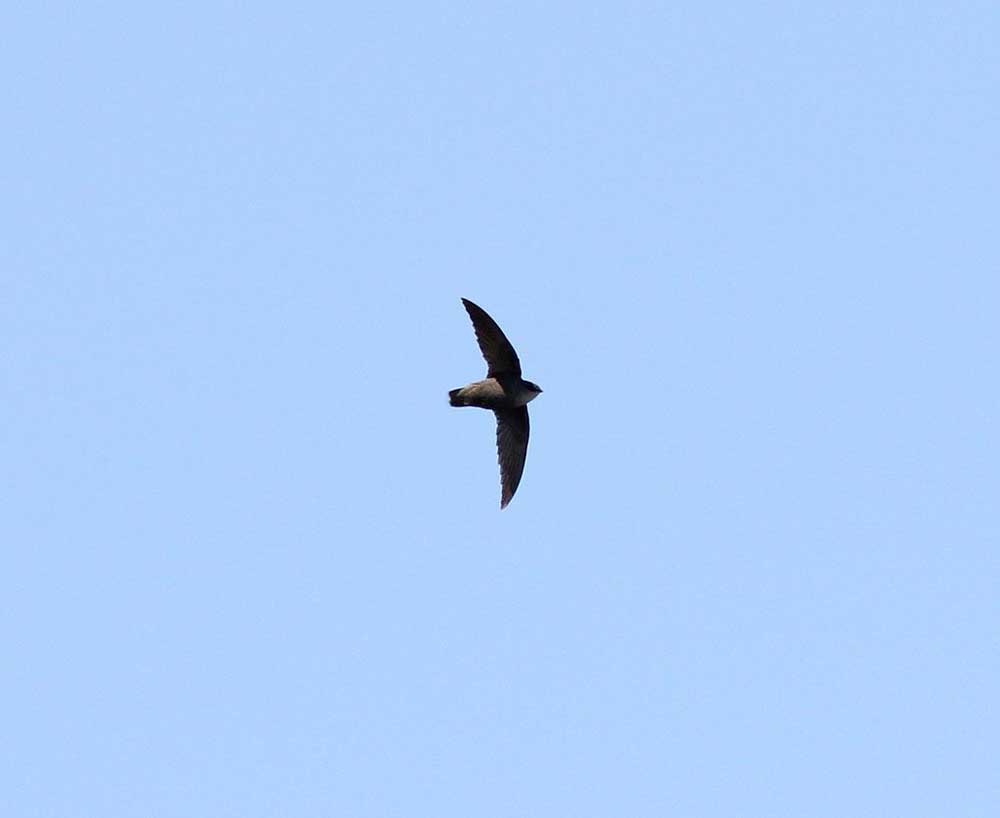
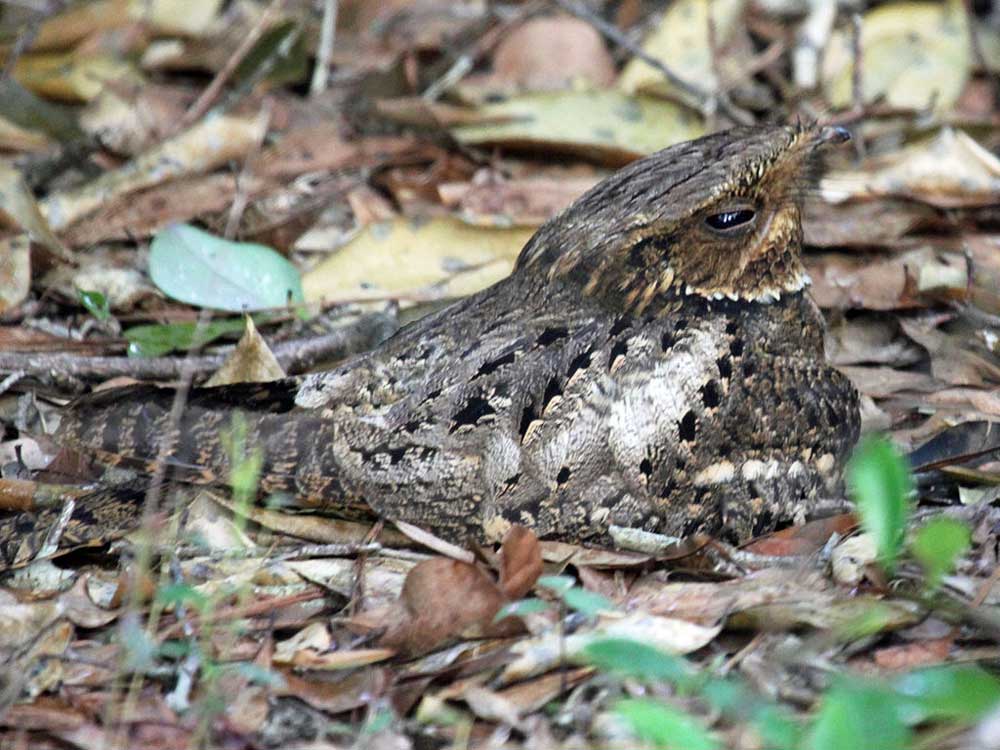
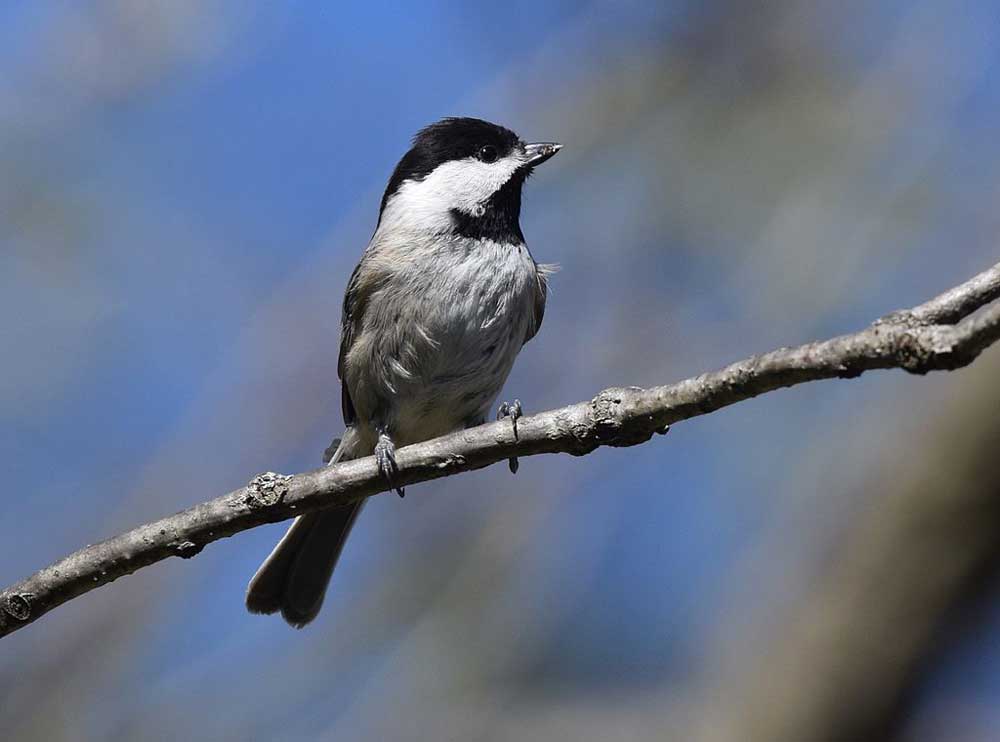
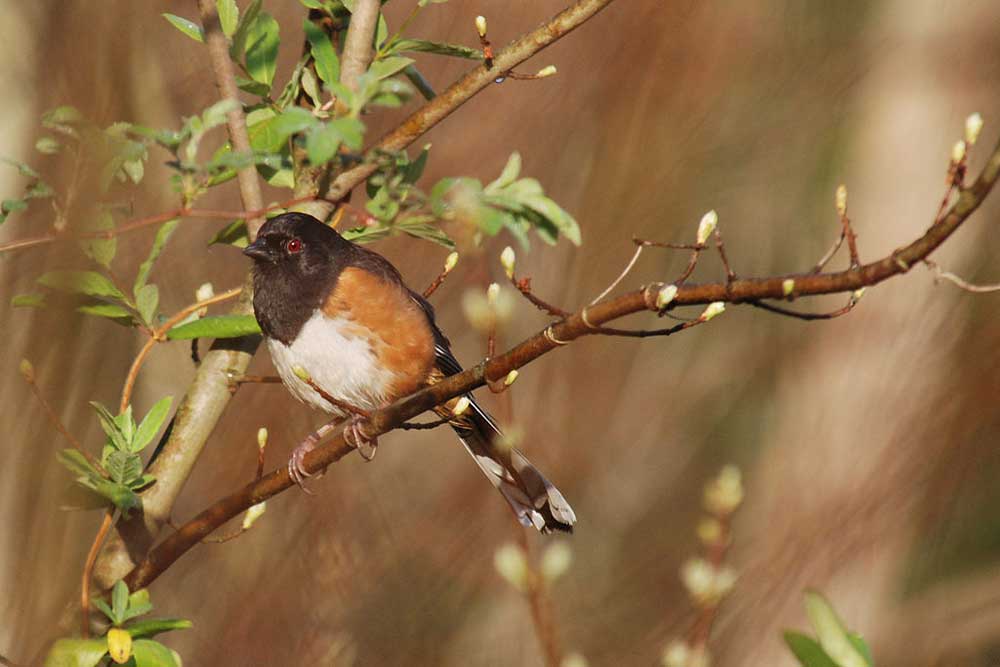
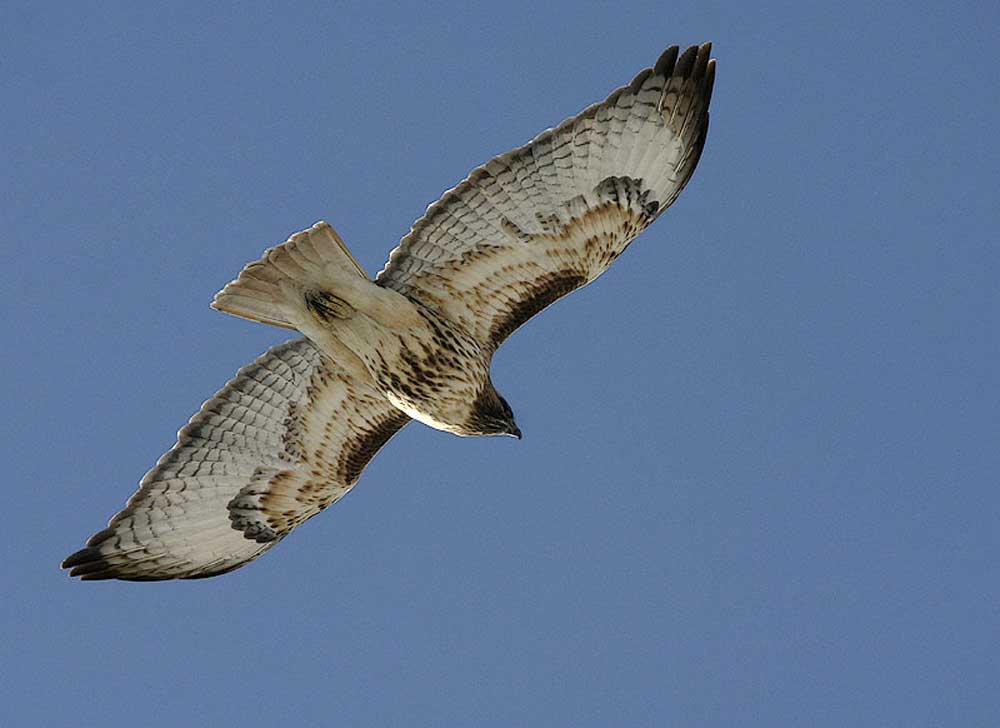
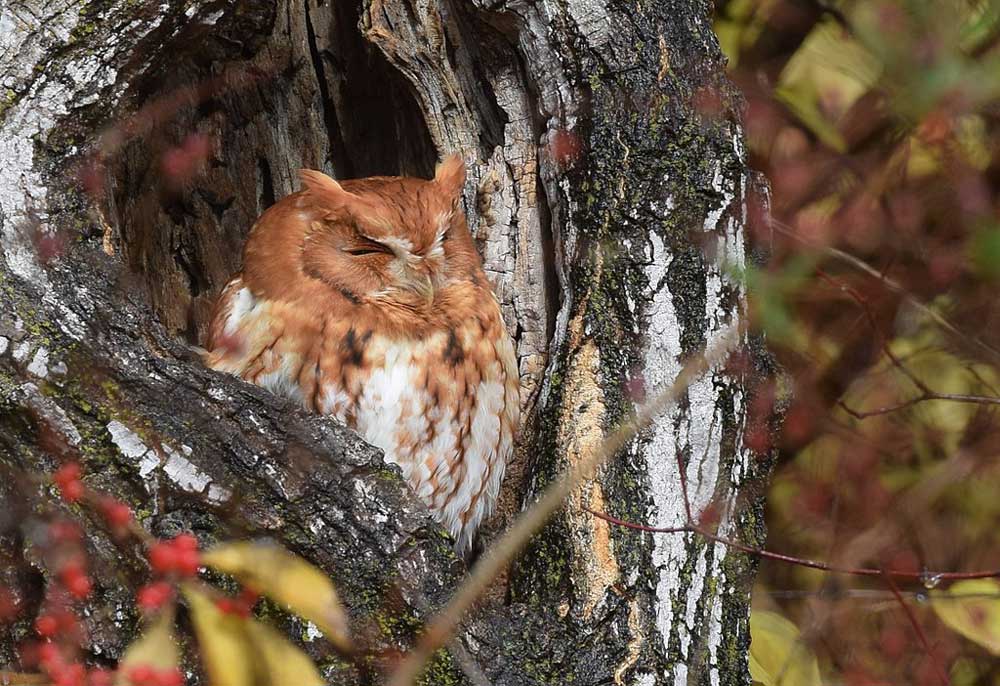

























 RSS Feed
RSS Feed























